Construction Drawings
Here are some good examples of simple construction drawings. In order to do these types of drawings, you must learn how to measure and draw correct proportions as shown in the Week 03 Assignments. Note how the drawings below incorporate knowledge of Perspective with knowledge of Proportion and Measuring.
(You will not draw the objects below during week 03 - these samples are to give you an idea of the direction that we'll be heading once you learn to draw correct Proportions).

Note: Some of the “non-visible” parts of an object are important to record with your drawing, while others are less so. For example, it is extremely important to draw the non-visible “back-side” of ellipses or planes in order to draw the object more effectively. Some of the inner non-visible parts of the flashlight
are not essential for accurate proportion of the visible parts, but add to the overall interest of the finished drawing only.
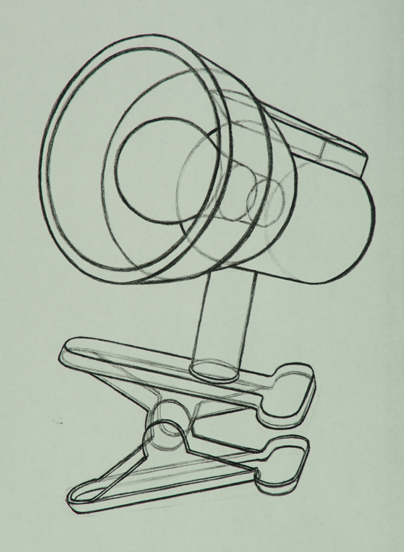

Note: the position for the visible portion of the spout is
accurate because of the drawn through (non-visible parts) construction lines. Without drawing “through” the object—as if it were constructed of clear plastic—the Artist would not be able to correctly locate the spout.
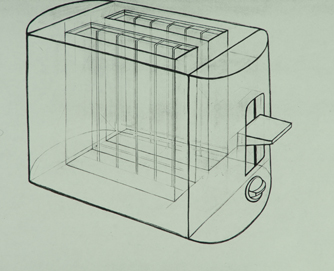
Note: some of the inner non-visible parts of the toaster (i.e. heating elements, etc.)
are not essential for accurate proportion of the visible parts, but add to the overall interest of the finished drawing only.
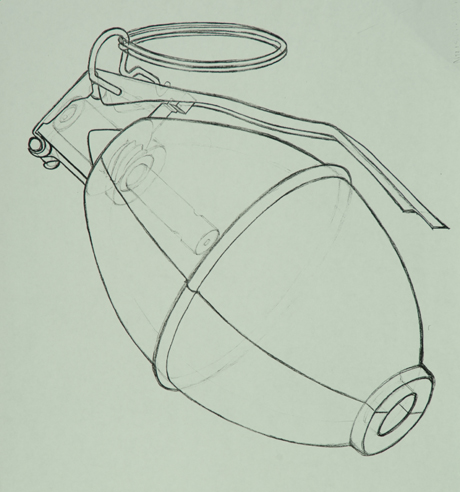
Note: some of the inner non-visible parts of the hand-grenade
are not essential for accurate proportion of the visible parts, but add to the overall interest of the finished drawing only.

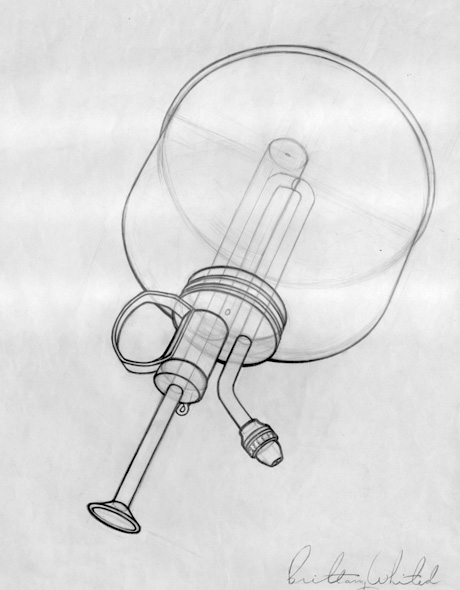

Here are some construction drawings that need some work.
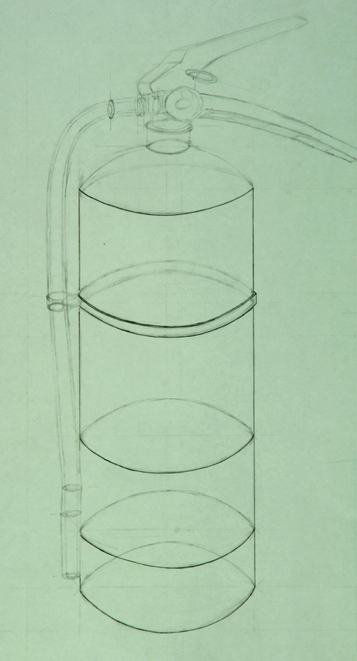
The ellipses in this drawing are football shaped and the handle is out of perspective.
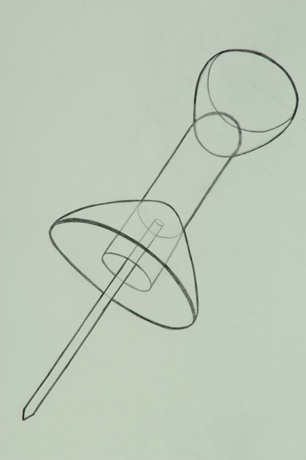
The ellipses have rounded ends but their quadrants aren’t symmetrical.
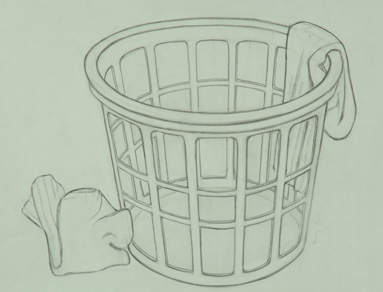
The ellipses have rounded ends but again, i.e. on the top ellipse, the bottom curve is more rounded than the top curve.
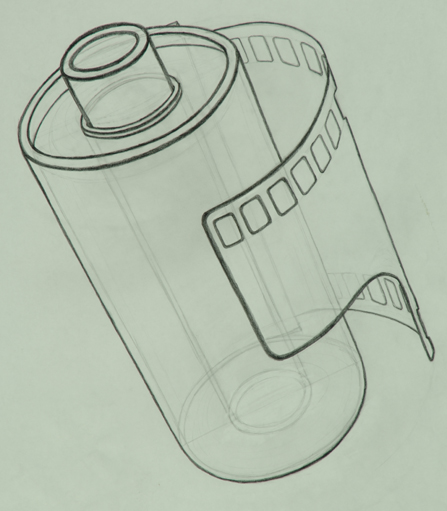
The ellipses are inacurrate because the artist did not address true width thickness on the major axis points (ends) relative to the foreshortened thickness on the minor axis—the thickness on the top of the film canister is same.
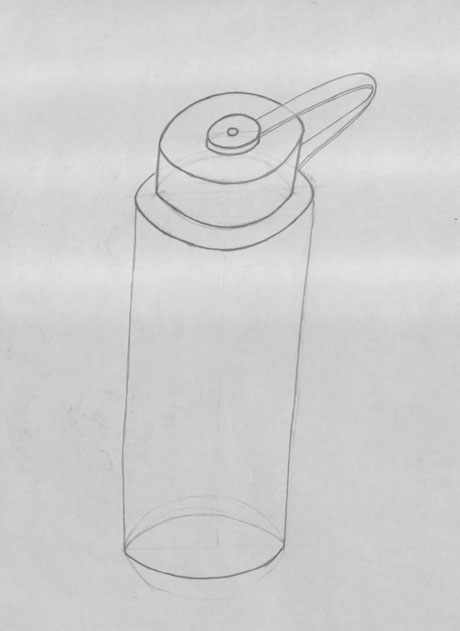
The ellipses are football shaped and the pitches are wrong.